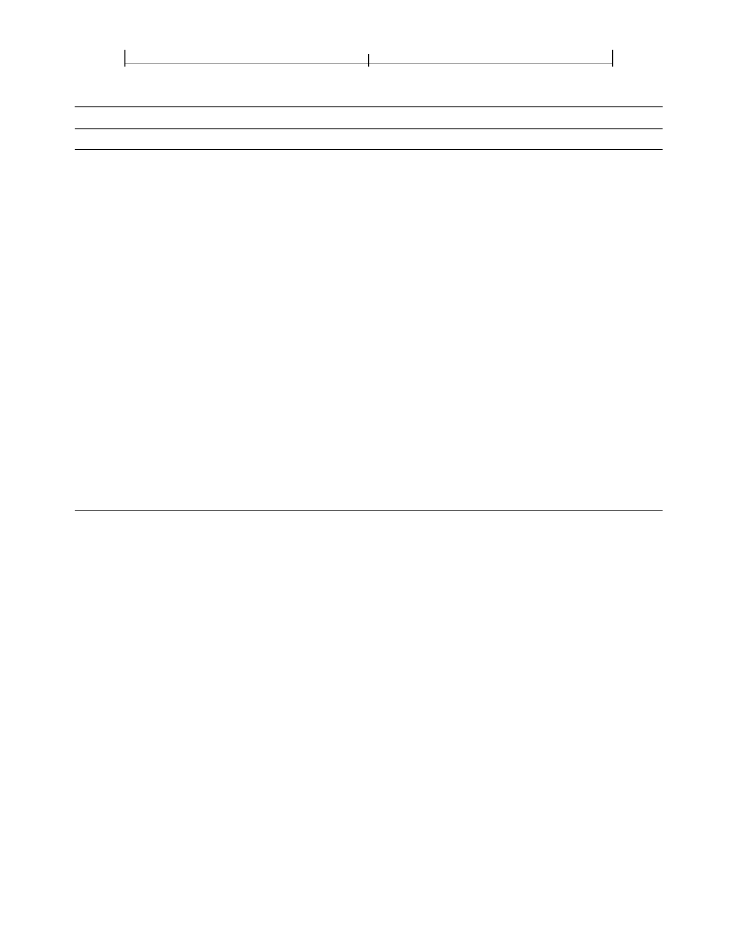
SECTION 3.3
85
Filters
TABLE 3.11 Optional parameter for the DCTDecode filter
KEY
TYPE
VALUE
ColorTransform
integer
A code specifying the transformation to be performed on the sample values:
0
1
No transformation.
If the image has three color components, transform
RGB
values to
YUV
before encoding and from
YUV
to
RGB
after decoding. If the
image has four components, transform
CMYK
values to
YUVK
be-
fore encoding and from
YUVK
to
CMYK
after decoding. This option
is ignored if the image has one or two color components.
Note:
The
RGB
and
YUV
used here have nothing to do with the color spaces
defined as part of the Adobe imaging model. The purpose of converting from
RGB
to
YUV
is to separate luminance and chrominance information (see be-
low).
The default value of
ColorTransform
is 1 if the image has three components
and 0 otherwise. In other words, conversion between
RGB
and
YUV
is per-
formed for all three-component images unless explicitly disabled by setting
ColorTransform
to 0. Additionally, the encoding algorithm inserts an Adobe-
defined marker code in the encoded data, indicating the
ColorTransform
val-
ue used. If present, this marker code overrides the
ColorTransform
value giv-
en to
DCTDecode
. Thus it is necessary to specify
ColorTransform
only when
decoding data that does not contain the Adobe-defined marker code.
The encoding algorithm can reduce the information loss by making the step size
in the quantization smaller at the expense of reducing the amount of compression
achieved by the algorithm. The compression achieved by the JPEG algorithm
depends on the image being compressed and the amount of loss that is
acceptable. In general, a compression of 15 : 1 can be achieved without perceptible
loss of information, and 30 : 1 compression causes little impairment of the image.
Better compression is often possible for color spaces that treat luminance and
chrominance separately than for those that do not. The
RGB-to-YUV
conversion
provided by the filters is one attempt to separate luminance and chrominance; it
conforms to CCIR recommendation 601-1. Other color spaces, such as the CIE
1976
L*a*b*
space, may also achieve this objective. The chrominance
components can then be compressed more than the luminance by using coarser
sampling or quantization, with no degradation in quality.